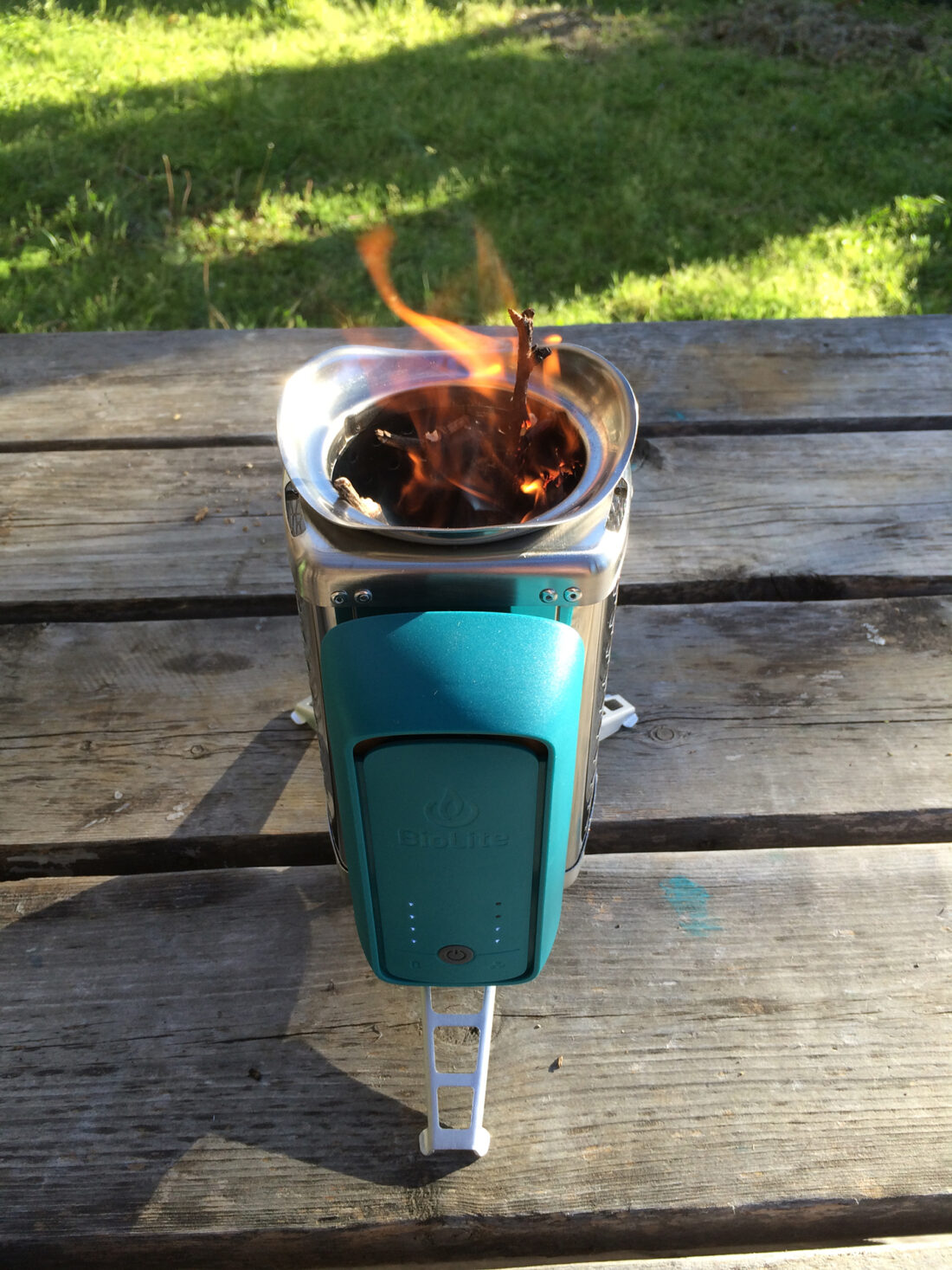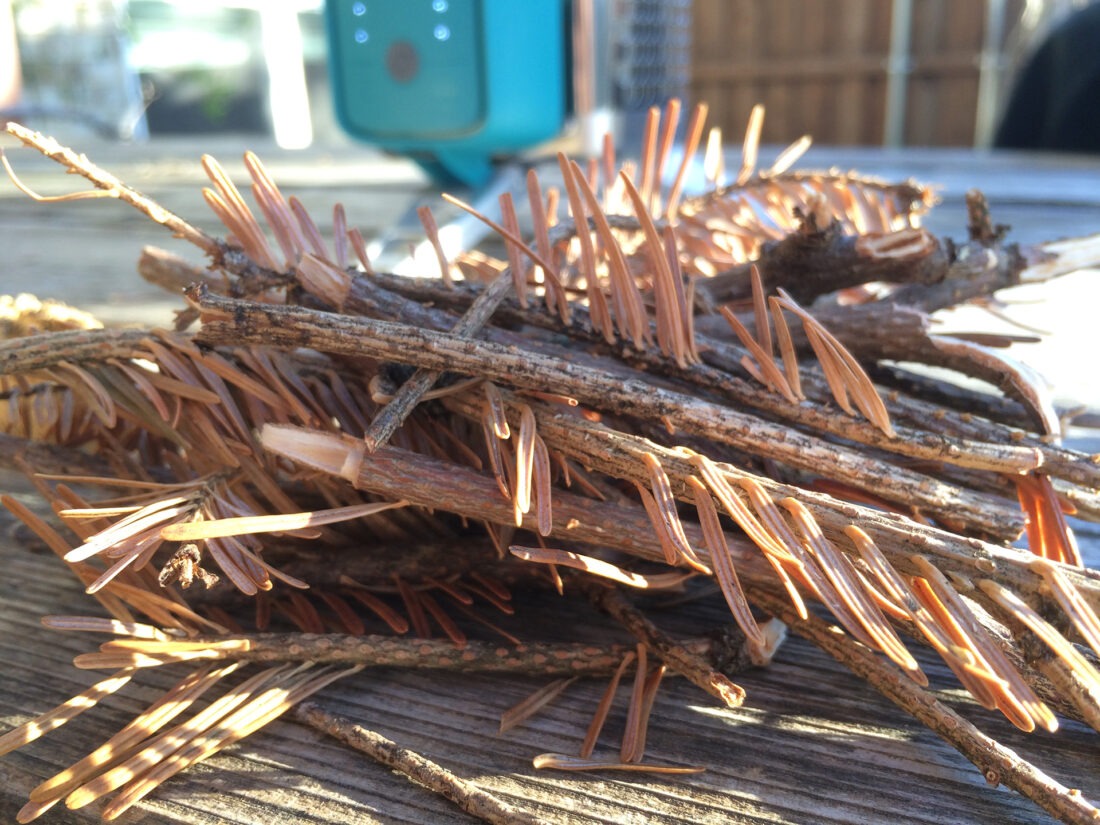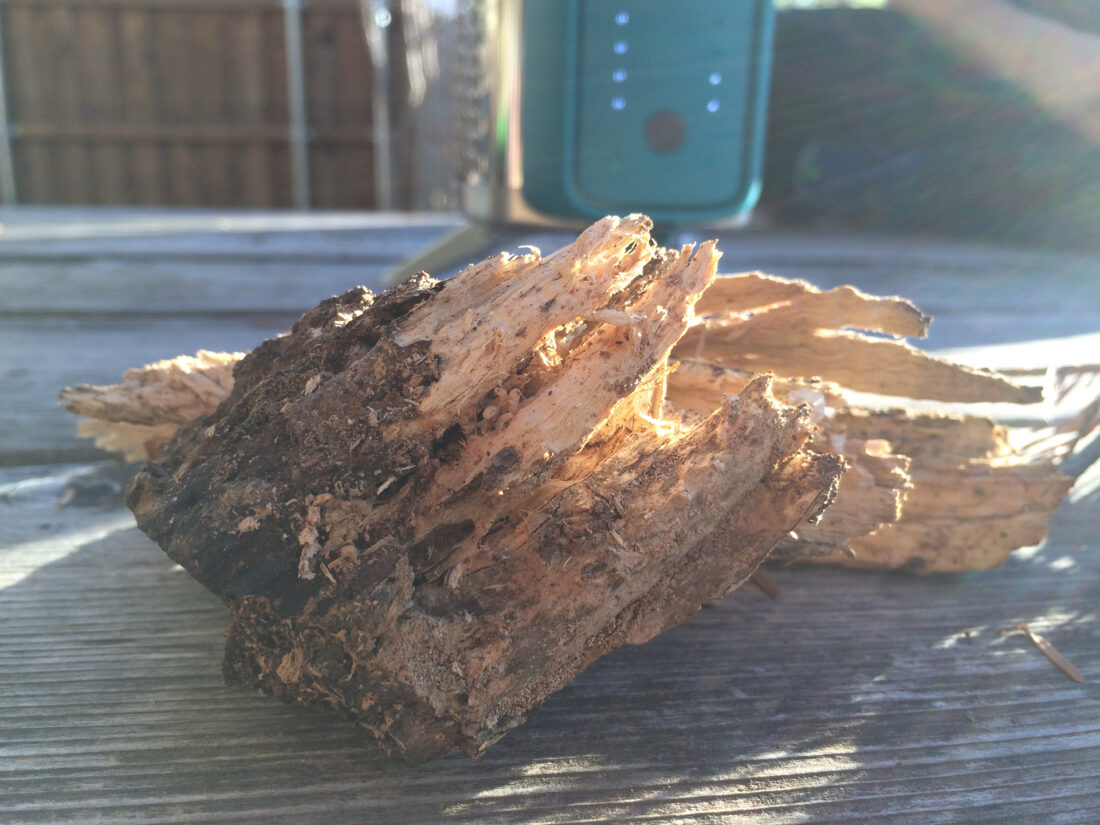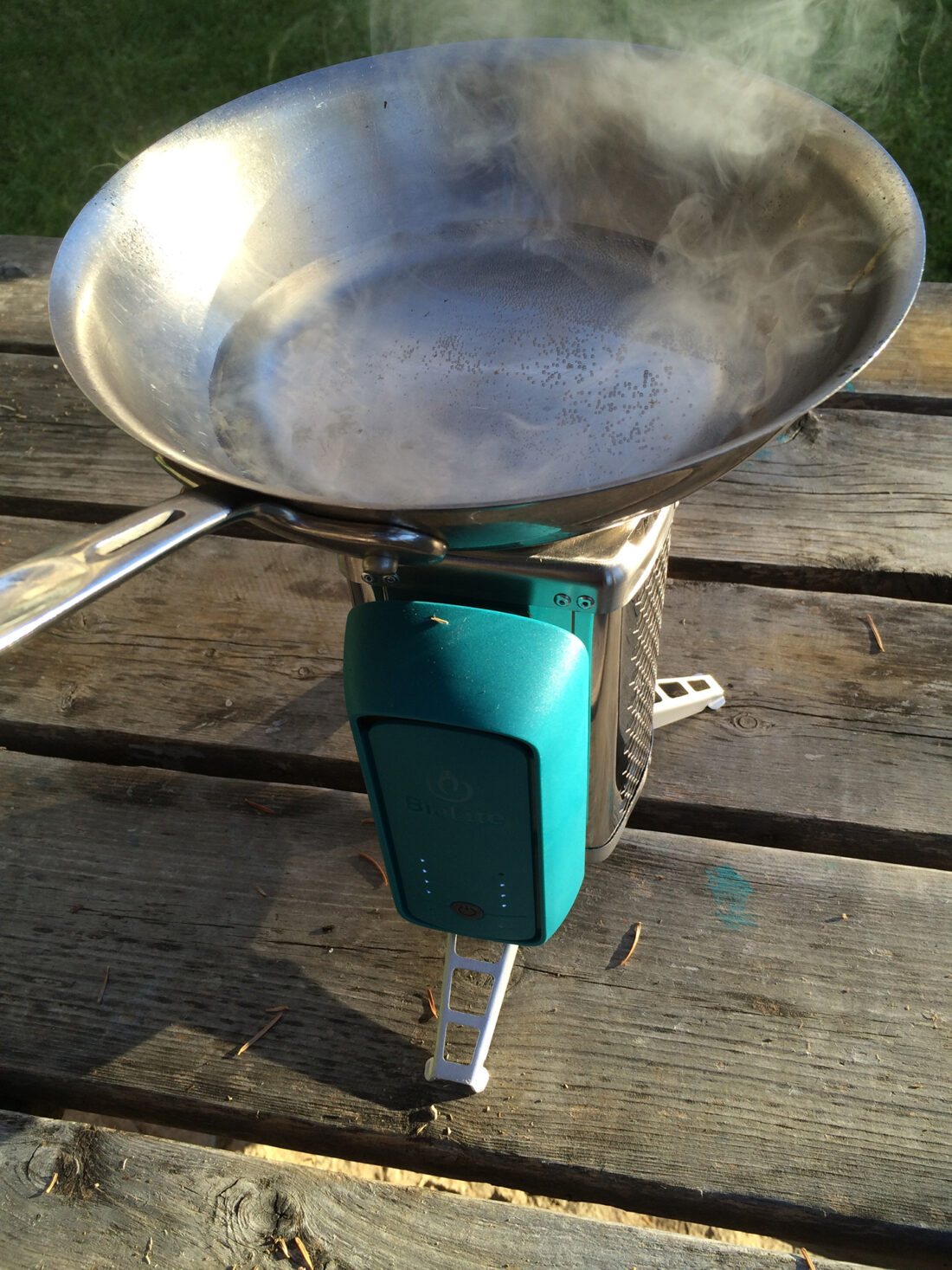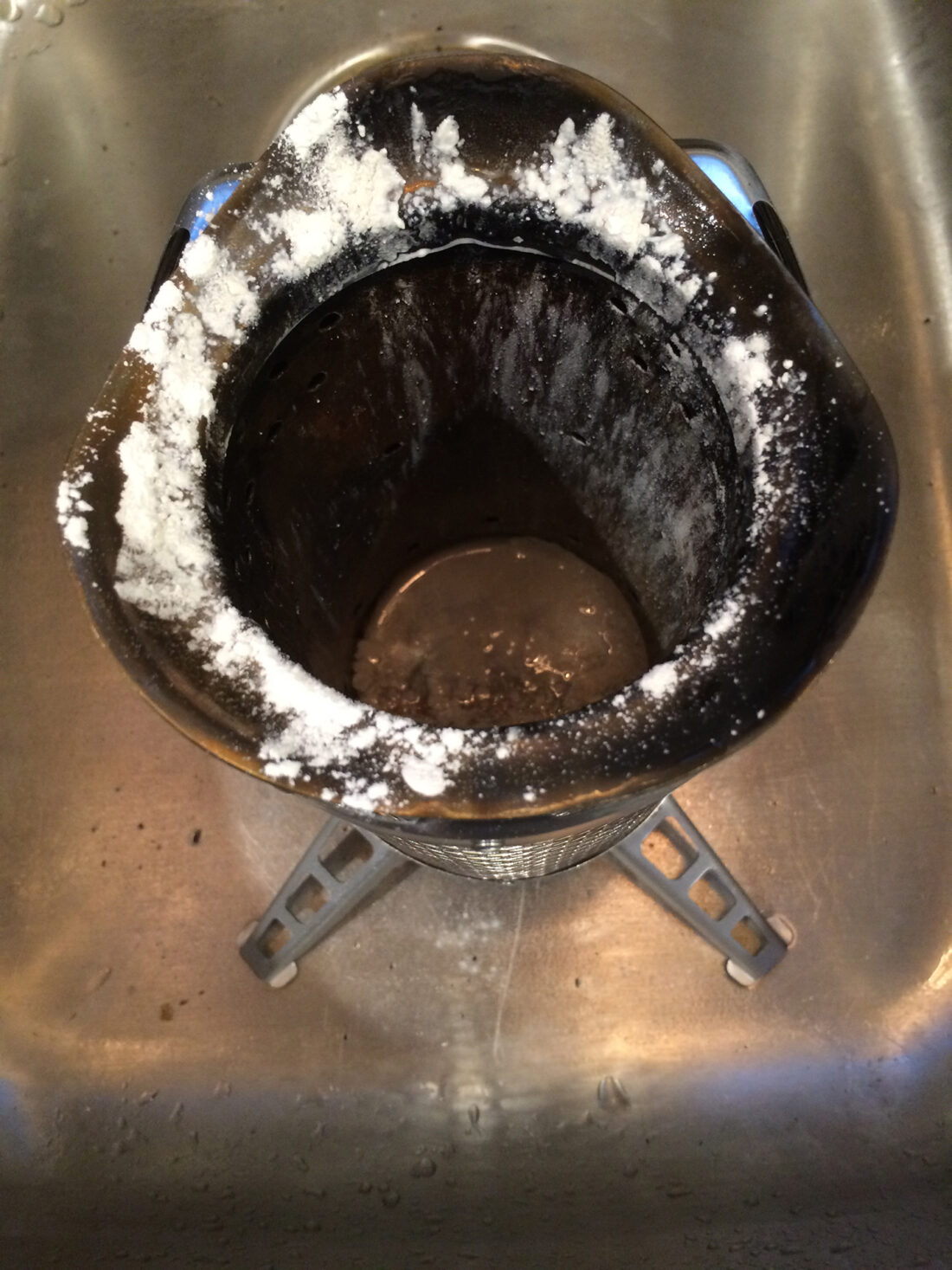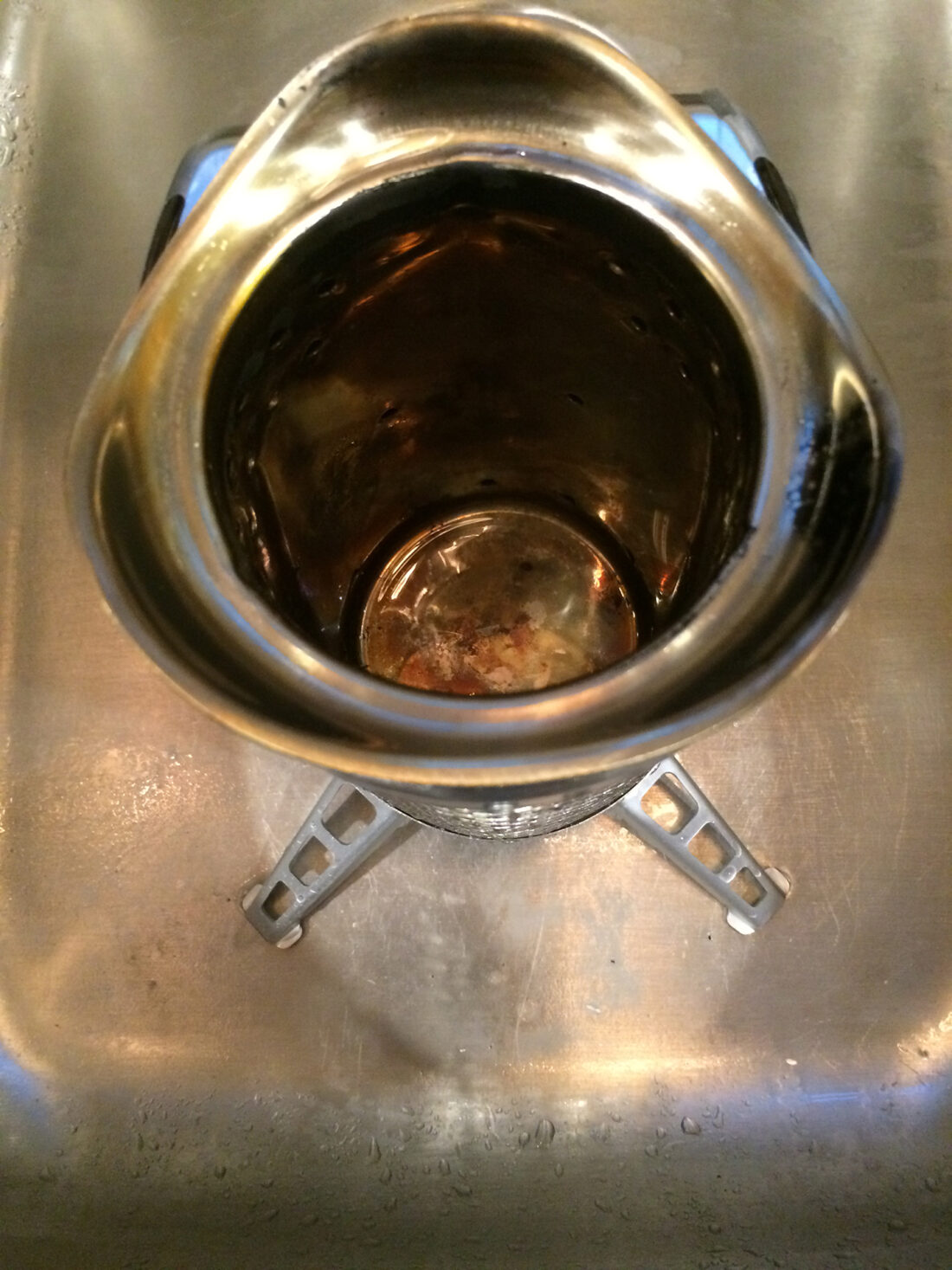Every once in a while, I get out from behind the computers here at SolidSmack. When I do, I run for the hills with nothing but a tent and sleeping bag… and a van of food, water, emergency supplies, chairs, pop-up tents, bikes, Frisbees, electrical cords, a luggable loo and a healthy supply of toilet paper. What? Of course I take my smartphone. It help me explore, see if squirrels can transmit rabies and if that berry was poisonous. One other item I just took on a camping trip this past weekend is the new BioLite CookStove.
Even though the amount of items I currently take on a camping trip may seem a tad bit excessive, I’m always looking for ways to reduce the amount of items I’m packing up.
Camping products can be incredibly interesting in both their traits for space-saving design and energy-conserving functionality. That’s one reason I was so excited when BioLite sent in their latest cooking product. I had seen their BaseCamp and CampStove products in the past when looking for options to help ditch a propane cooktop, but the CookStove boils it down to the basics. While the BaseCamp and CampStove set the standard for high efficiency cooking and turning heat into usable electricity, the CookStove shrinks their heat-generating capabilities into a highly portable campfire cooking option that makes the outdoor living experience immensely more enjoyable. I’ll explain why in a moment. First, let’s take a look at the design.
The BioLite CookStove Design
I asked the BioLite design team more about the details on the CookStove, how it’s different from big brother CampStove and how they approached the design. The thought and details that went into this tiny product is something any designer or engineer can appreciate; How it all works together is genius. There are two parts to the CookStove: the stainless-steel stove (with aluminum legs) and the rechargeable, battery-operated airflow unit. Together, it weighs in at 1.6 lbs (25 oz) and takes up 7.75″ x 4.50″ (packed). The three aluminum legs fold out from under the fuel chamber with one holding the four-speed airflow unit in place.
SolidSmack: What differentiates the CookStove from the CampStove?
BioLite: The CookStove and the CampStove are both great options for any off-grid adventure. The main difference is that the CampStove has a Thermoelectric Generator, and the CookStove does not. This means that the CampStove is capable of generating its own electricity from the heat of its fire, which it can then use to charge your devices. The CookStove can not charge your devices, making it perfect for someone who already has a source of portable power that they are happy with. The CookStove is smaller in height and weight, and has four fan speeds (Campfire, Simmer, Boil, Turbo) instead of two.

SS: How did BioLite approach the design of the new CookStove?
BL: After removing the thermo-electrics (TEG, heatsink and probe), the goal was to minimize power pack volume and required fan power to make it as slim and long lasting as possible. We designed a new fan that’s oriented vertically instead of horizontally as in the CampStove to save space and went through a long motor optimization process to reduce the power drawn by the fan.

SS: What hardware and software was used in the design?
BL: CookStove was designed in SolidWorks on a Dell M3800 mobile workstation. We use a number of 3rd party rapid prototyping and machine shops to produce our prototypes and proofs of concept. In addition, we spend a lot of time burning fires in our in-house burn lab where we can measure firepower, emissions and thermal efficiency.
Using the BioLite CookStove
So, as you can see, quite a bit of research and thought that went into the development of this seemingly simple little camp companion. And it shows through in its use. If you’ve ever collected wood for a campfire, you know it can be a frustrating lead up to an eventual dousing of logs with any flammable liquid you have on hand. I laughed out loud when I lit the end of a stick, popped it in the CookStove and turned on the air. Within a few seconds there was smoke. Within a minute there was fire shooting out the top. I kept the fan speed on two (Simmer), set a pan of water on top and, honestly, within another minute the water was hot enough for a hot drink.
Cleaning the BioLite CookStove
Most of the time, you’ll burn off the sticks and have some ash left at the bottom of the burn chamber. Easy enough to dump out, pack up and be on your way. But sometimes, you may have boiled over or dripped some food inside. Once I was finished using the CookStove, I removed the airflow unit and rinsed it out. A certain amount of burn marks are inevitable, but to remove the majority of these and clean up messes Bon Ami works wonders. There are two things I’d like to see as far as cleaning the CookStove, 1) an included thick-bristle brush to reach down and properly clean everything out and 2) a removable fuel chamber.
The joy this brings to camping or a day-hike is huge. Within two-minutes you can have it set-up and a fire going. A minute later, you can have enough water boiling for a quick coffee or bowl of oats. It takes the pain out of collecting a lot of large firewood and contains the flame to allow easy handling and meal prep. This is now an essential among the array of items I take and has actually eliminated a large cooktop and two propane canisters that I’m definitely not able to take in a pack. This has changed my camping experience, and even more, makes me want to go camping more often.
You can find out more and pick one up for $100 at bioliteenergy.com.

![BioLite CookStove: Outdoor Living In Style [Review]](https://www.solidsmack.com/wp-content/uploads/2016/03/biolite-cookstove-00.jpg)











